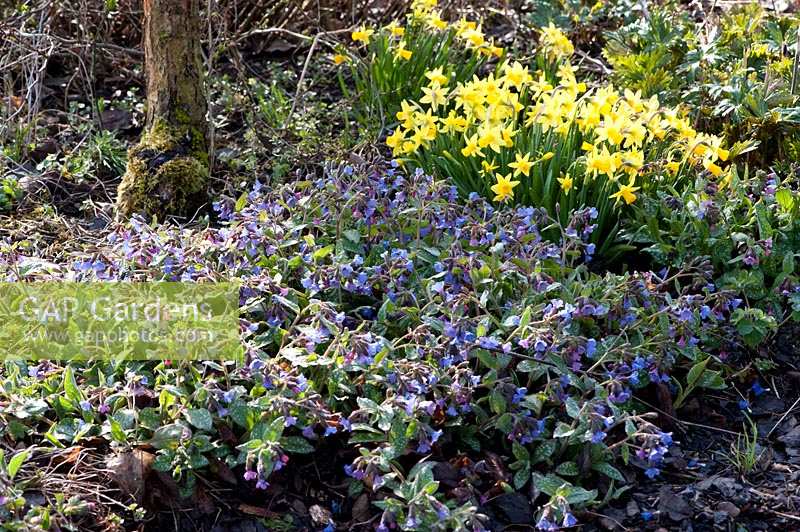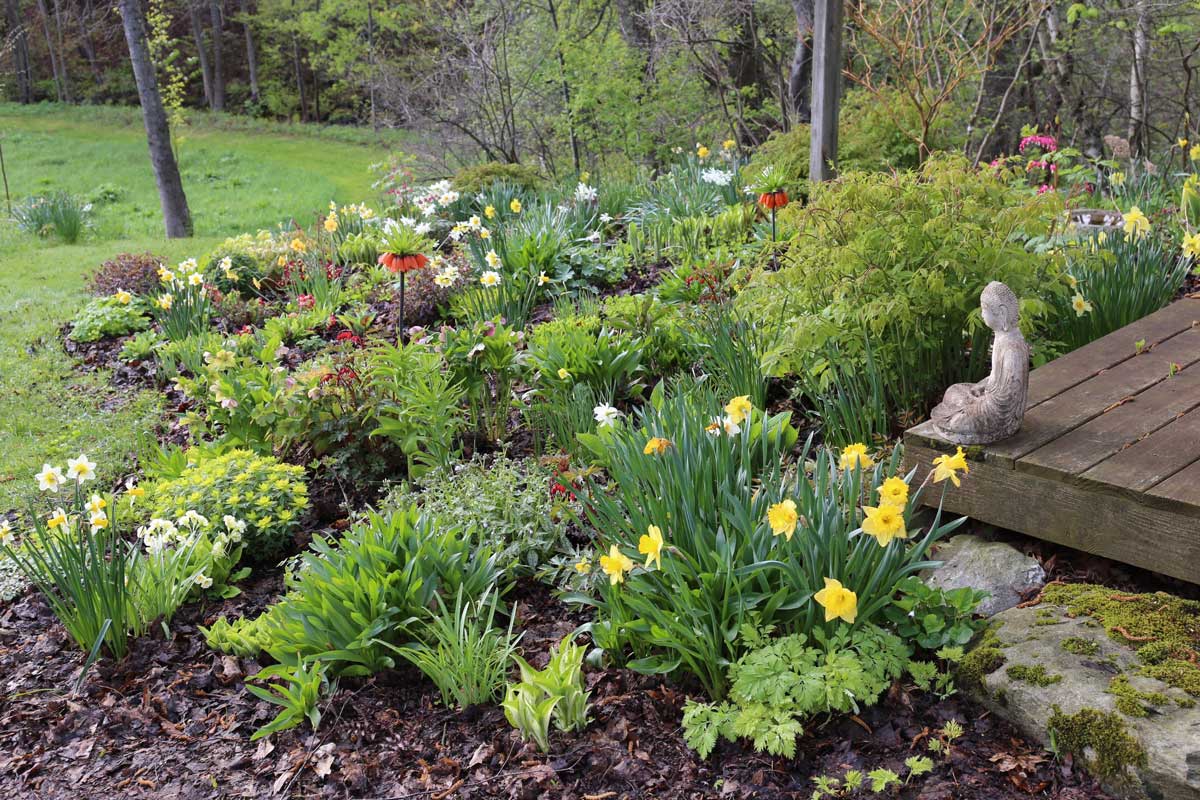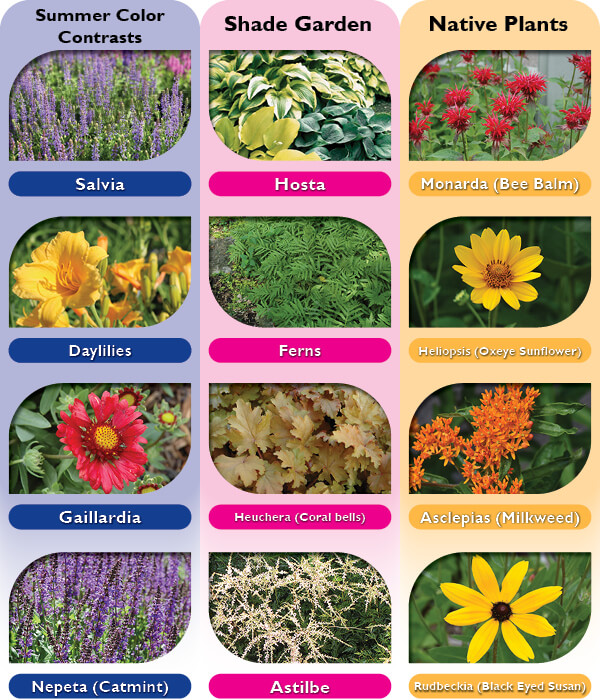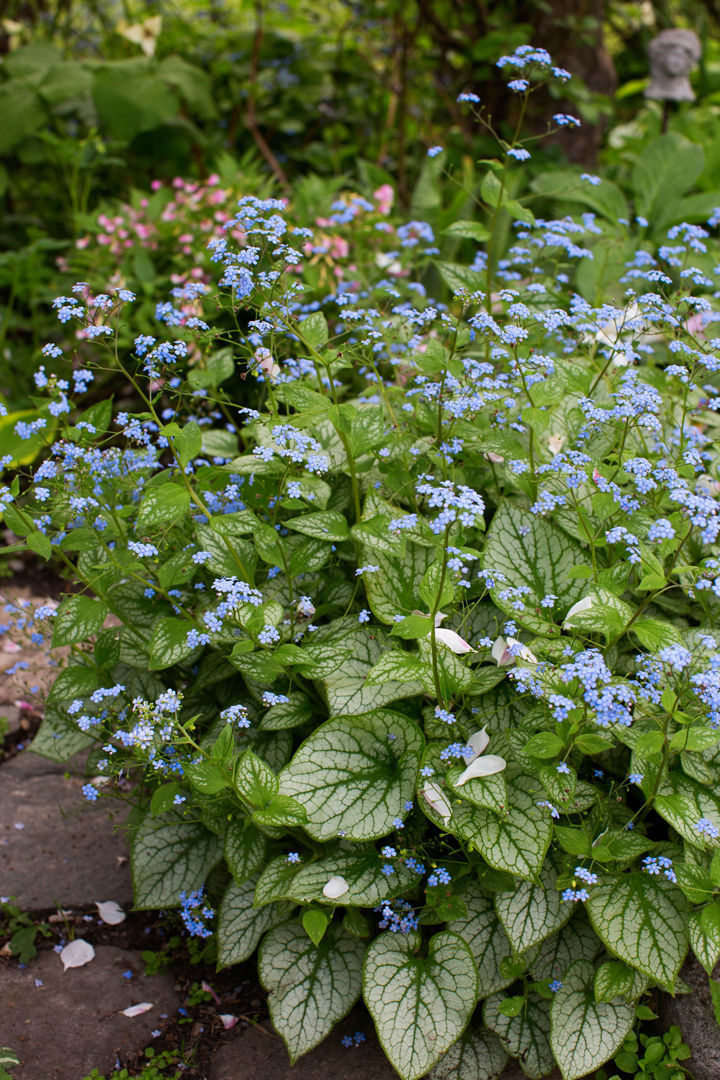Best Companion Plants For Lungwort
Best Companion Plants for Lungwort
Lungwort is a beautiful perennial plant that is known for its delicate blue, pink, or purple flowers and its spotted foliage. It is a perfect plant for shady areas, and it can be grown in USDA hardiness zones 2-8.
One of the best things about lungwort is that it is very versatile and can be paired with a variety of other plants. When choosing companion plants for lungwort, it is important to consider the following factors:
- Light requirements: Lungwort prefers partial shade, but it can also tolerate full shade. When choosing companion plants, make sure they have similar light requirements.
- Water needs: Lungwort is a moisture-loving plant, so it is important to choose companion plants that have similar water needs.
- Foliage color: Lungwort has attractive spotted foliage, so you may want to choose companion plants that have complementary foliage colors.
- Bloom time: Lungwort blooms in early spring, so you may want to choose companion plants that bloom at the same time or later in the season.
Here are some of the best companion plants for lungwort:
- Hostas: Hostas are another shade-loving plant that is known for its beautiful foliage. They come in a wide variety of colors, so you can find one that complements the foliage of your lungwort.
- Astilbes: Astilbes are tall, airy plants that add a touch of elegance to any garden. They bloom in late spring to early summer, so they will provide color after your lungwort has finished blooming.
- Bleeding hearts: Bleeding hearts are another spring-blooming plant that is known for its delicate flowers. They prefer partial shade and moist soil, so they are a good match for lungwort.

- Tiarella: Tiarella, also known as foamflower, is a low-growing plant that has attractive heart-shaped leaves. It blooms in early spring with white or pink flowers.
- Ferns: Ferns are a classic choice for shady areas, and they come in a wide variety of shapes and sizes. They make excellent companion plants for lungwort, as they will not compete with it for space or nutrients.
- Daffodils: Daffodils are a popular spring bulb that can be planted in the same area as lungwort. They will bloom before your lungwort, so they will add a touch of color early in the season.

- Violets: Violets are another spring-blooming plant that is perfect for shady areas. They come in a variety of colors, so you can find one that complements the foliage of your lungwort.

These are just a few of the many great companion plants for lungwort. When choosing companion plants, be sure to experiment and find what works best for your garden.
Conclusion
Lungwort is a beautiful and versatile plant that can be used to add color and interest to any shady area. By choosing the right companion plants, you can create a stunning and harmonious garden that will provide enjoyment for years to come.
Pulmonaria, also known as lungwort, is a beautiful shade-loving perennial that blooms in early spring with flowers that can range in color from blue to pink to purple. If you're looking to add pulmonaria to your garden, you'll need to choose companion plants that will thrive in the same conditions.
Some good companion plants for pulmonaria include:
- Hostas: Hostas are another shade-loving perennial that comes in a wide variety of colors and leaf shapes. They make great companions for pulmonaria because they have similar water and soil requirements.
- Ferns: Ferns are a classic choice for shade gardens, and they can add a touch of elegance to any space. They also help to keep the soil moist, which is beneficial for pulmonaria.
- Bleeding hearts: Bleeding hearts are another early-blooming perennial that loves shade. They have delicate flowers that look like hearts, and they add a touch of romance to any garden.
- Astilbes: Astilbes are tall, airy perennials that bloom in late spring or early summer. They come in a variety of colors, including white, pink, and purple. Astilbes add a touch of height and drama to any garden, and they make great companions for pulmonaria.
For more information about pulmonaria companion plants, please visit Gardenia Inspiration.
FAQ of pulmonaria companion plants
- What are some good companion plants for pulmonaria?
Pulmonaria is a shade-loving perennial that blooms in early spring. It has attractive heart-shaped leaves that are often variably colored, and its flowers can be blue, pink, or white. Some good companion plants for pulmonaria include:
* Hellebores: These early-blooming perennials also thrive in shade, and their flowers come in a variety of colors, including white, pink, purple, and yellow.
* Brunnera: This shade-loving perennial has blue or white flowers and attractive blue-green leaves.
* Hostas: Hostas are a classic shade-loving perennial that come in a wide variety of colors and leaf shapes.
* Ferns: Ferns are another good choice for shady areas, and they can add a touch of elegance to any garden.
* Early spring bulbs: You can plant early spring bulbs, such as daffodils, tulips, and crocuses, in front of pulmonaria to add a pop of color in the spring.
- What are the best growing conditions for pulmonaria?
Pulmonaria prefers partial shade and moist, well-drained soil that is high in organic matter. It is important to avoid planting pulmonaria in full sun, as this can scorch its leaves. You should also avoid planting it in wet or poorly-drained soil, as this can lead to root rot.
- How do I care for pulmonaria?
Pulmonaria is relatively easy to care for. Water it regularly, especially during the spring and summer months when it is actively growing. Fertilize it once a year in the spring with a balanced fertilizer. Deadhead spent flowers to encourage more blooms. In the fall, mulch around the plant to help protect its roots from the cold.
- How do I propagate pulmonaria?
Pulmonaria can be propagated by division in the spring or fall. To divide a pulmonaria plant, carefully dig it up and use a sharp knife or spade to divide the root system into several sections. Each section should have at least a few leaves and roots. Plant the divisions in well-drained soil in a shady location.
- What are some common pests and diseases of pulmonaria?
Pulmonaria is relatively resistant to pests and diseases. However, it can be susceptible to slugs and snails, which can eat its leaves. You can control slugs and snails by using traps, baits, or handpicking them. Pulmonaria can also be susceptible to powdery mildew, which can cause white spots on its leaves. You can control powdery mildew by watering the plant in the morning so that the leaves have a chance to dry off before nightfall. You can also use a fungicide to treat powdery mildew.
Image of pulmonaria companion plants
- Hostas are a classic companion plant for pulmonarias. They have similar moisture and shade requirements, and their large, bold leaves provide a beautiful backdrop for the pulmonarias' delicate flowers.

- Astilbes are another good choice for companion plants for pulmonarias. They have similar flowering times and add height and interest to the border.

- Sweet woodruff is a low-growing groundcover plant that blooms in spring with small, white flowers. It is a good choice for companion plants for pulmonarias because it shares its preference for moist, shady conditions.

- Hellebores are another shade-loving plant that can be used as companion plants for pulmonarias. They bloom in winter or early spring, providing color when few other plants are in bloom.

- Brunnera is a hardy perennial that blooms in early spring with blue or white flowers. It is a good choice for companion plants for pulmonarias because it is tolerant of moist, shady conditions and has similar foliage.

Post a Comment for " Best Companion Plants For Lungwort"